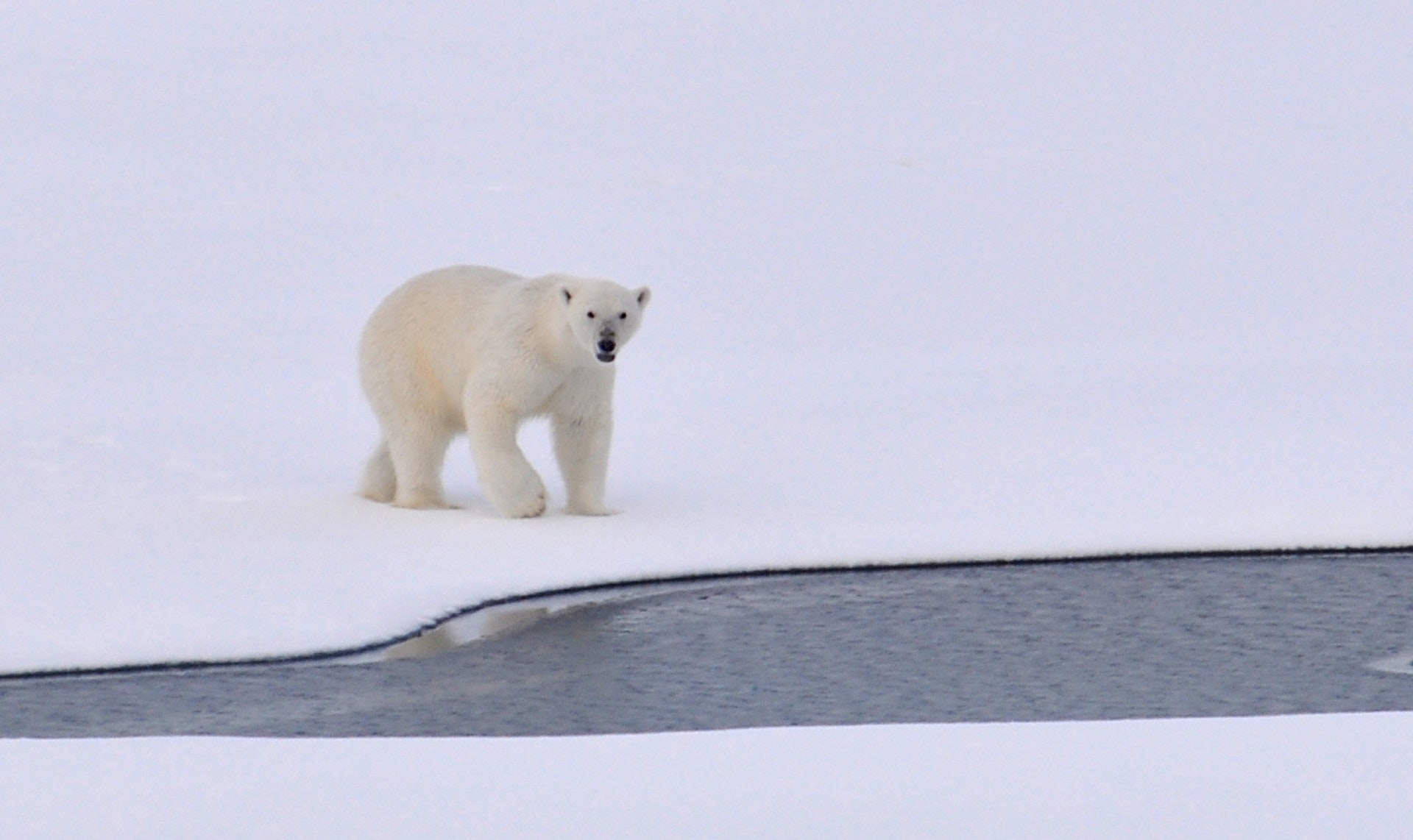
News
Switching tags: Investigation busts illegal polar bear exports
Canada’s wildlife police hope the kind of bust that halted a recent illegal shipment of polar bear rugs to China will soon be a vanishing breed.
October 24, 2017 By The Canadian Press

“We will create more control, more management and more security for every player in the market, so that the polar bear product in the beginning is the same one at the end,” said Jonathan Campagna, Environment Canada’s wildlife enforcement director for Quebec.
Campagna spoke this week after a Quebec company pleaded guilty to three counts of illegally exporting polar bear rugs to China. An 18-month investigation also turned up another four hides from two other companies. The pelts were surrendered to officials without charges being laid.
Fourrures Mont-Royal Inc. was fined $22,500. The value of all seven hides was $47,000.
Polar bear hunting and the sale of bear parts, including hides, is strictly regulated.
Quotas are set for each of Canada’s 13 populations. Tags are issued to Inuit hunters, who may harvest the bears themselves or sell the tag to a sport hunter, who must hire a local guide.
The tags must accompany the bear carcass at every stage: from the kill to the preparation of the hide to the sale.
In this case, Fourrures Mont-Royal pleaded guilty to switching tags from one bear to another.
“There is a kind of advantage, sometimes, for a company to change a tag, to sell a more beautiful bear or a bigger bear than the tag is related to,” Campagna said.
Illegal exporters have also bought tags and switched them to bears that didn’t have them at all, said Campagna.
As well, there’s one bear population in Canada from which it has been illegal to export under any circumstances. That restriction was removed from the Baffin Bay population last June after the quota was reduced.
The terms of the guilty plea by Fourrures don’t reveal which population the bears came from. Two of the rugs the animals were turned into were already in China.
Two investigators worked full-time on the case, with occasional help from colleagues.
“It was a hard investigation,” said Campagna. “There were a lot of details.”
Such cases are rare, Campagna said, but Environment Canada is trying to make them rarer still.
When hunters in Nunavut and the Northwest Territories register their kill at a local wildlife office, officials now insert a microchip into the hide and take fur and DNA samples.
“When wildlife officers are doing the inspection, all this information will be available and they will be able to certify that the pelt is the same as it was in the beginning when the First Nations people killed the animal.”
The regulation is expected to come soon to Arctic Quebec.
Tag-switching is a new trick, said Ernest Cooper, an independent consultant on wildlife trade.
“Other cases that we know about have typically been somebody trying to take a hide out without proper permits.”
Still, Cooper said, illegal hunting and exporting of the bears is not widespread.
“Inuit hunters are very cognizant of the law and the need to conserve species. I’m sure there’s some poaching, but I don’t think it’s significant.”
Canada exports about 200 polar bear skins a year, mostly to China. Another 20 or 30 are exported as hunting trophies.
That’s down from a peak of 400 in 2013, Cooper said.
Prices remain strong. A polar bear hide averages about $6,000, but an exceptionally large or attractive pelt fetches more. One sold in 2013 for more than $21,000.
– Bob Weber
News from © Canadian Press Enterprises Inc. 2017
Print this page